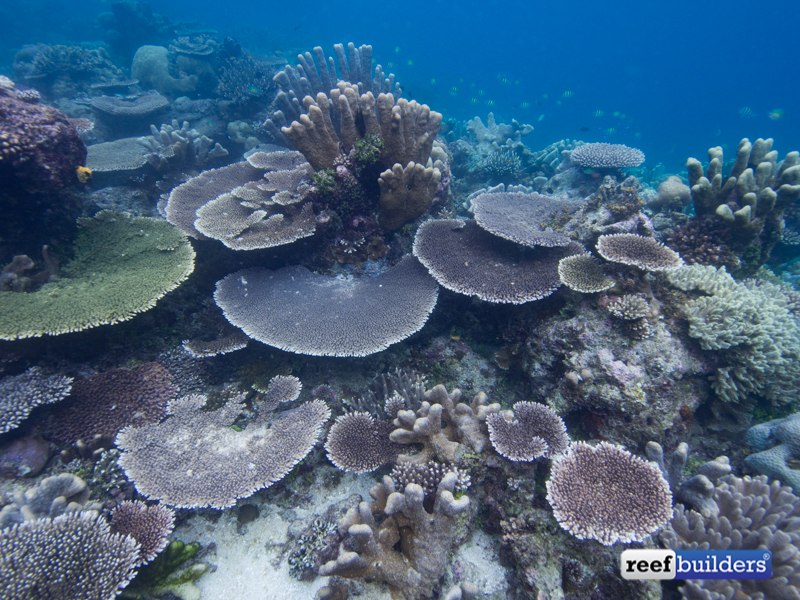Raja Ampat is a true underwater paradise, and this past week we had the privilege of diving some of the best reefs the Park had to offer. For those of you that are not familiar, the Raja Ampat Marine Park is located in the heart of the coral triangle, and has some of the highest recorded diversity of fish and corals in the world.
The Raja Ampat archipelago is located between the Indian and Pacific Oceans and strong currents flowing between through the region, attracting big schools of fish, sharks and manta rays which is what most divers flock to Raja Ampat to see. However as always we were really on the lookout for funky corals and interesting fish.

We expected to see more corals and fish than we could count, but were very much blown away by the diversity and abundance we found. One of the factors that makes the underwater world of Raja Ampat is so rich is that coral and fish larvae are carried in with the various currents to create a true melting pot of diversity.
What impresses us the most wasn’t the swift drift dives the Park is famous for, but the coral reefs in front of our resort and the various shore dives we did off the Waisai coast. In this particular area the undulating coastline creates small bays with microhabitats of coral, the center being more protected from current and having the most hard coral diversity, while near the edges of the bay, where currents picked up, more soft corals like Sinularia and Sarcophytons dominated the reef.
The shallow sloping reefs were literally covered is SPS corals, with new colonies growing over the skeletons of old corals and competing with their neighbors for more space.

After three days of shore diving we were ready for some boat dives. Raja Ampat is famous for big schools of fish, and we have to admit the diversity of unique fish really caught our eye in Raja Amapt. Where as other reefs we visited in Indonesia like Sumbawa had very few fish but a ton of interesting corals, there are just so many fish in Raja Ampat that it is hard to take pictures of coral without being photobombed by a fish.
Before arriving in Raja Ampat we made a hit-list of all the fish, corals and clams we wanted to see. We had our eyes out for some Raja Ampat endemic fish and were delighted when we found the Cenderawasih Bay long nose butterfly fish Forcipiger wanai, this special looking copperband butterflyfish Chelmon rostratus and a misbar regal angelfish Pygoplites diacanthus.

One of the places we couldn’t wait to dive was Mioskon Island as this is one of a few places in Raja Ampat where you can see the Giant Clam, Tridacna gigas. If for nothing else we recommend visiting Raja Ampat just to see this ginormous clam which had to be close to five feet (1.5 meters) across.
We tried to photograph and record as many of the coral species we could but this will most likely require a few more weeks of sorting and cataloging. Some of the more interesting corals we found (clockwise) Acropora pinguis, an Acropora elegans, a pink version of the Acropora jacquelineae, and a beautiful purple Acropora millipora.

There was no one coral that stood out on this trip as the show stopping prize winner, yet we were amazed by the sheer abundance and diversity of coral on every reef we visited. Although we try to focus mostly on corals Raja Ampat was a great place to learn more about tropical fish and some of the regional variation amongst species. If you are planing to visit Raja Amapt and love corals as much as we do, we recommend staying at a local home stay or resort instead of a live-aboard so you can have more time to explore the coastal reefs.
(Keep your eyes out for a ReefBuilders Raja Ampat video on our YouTube channel coming soon)



